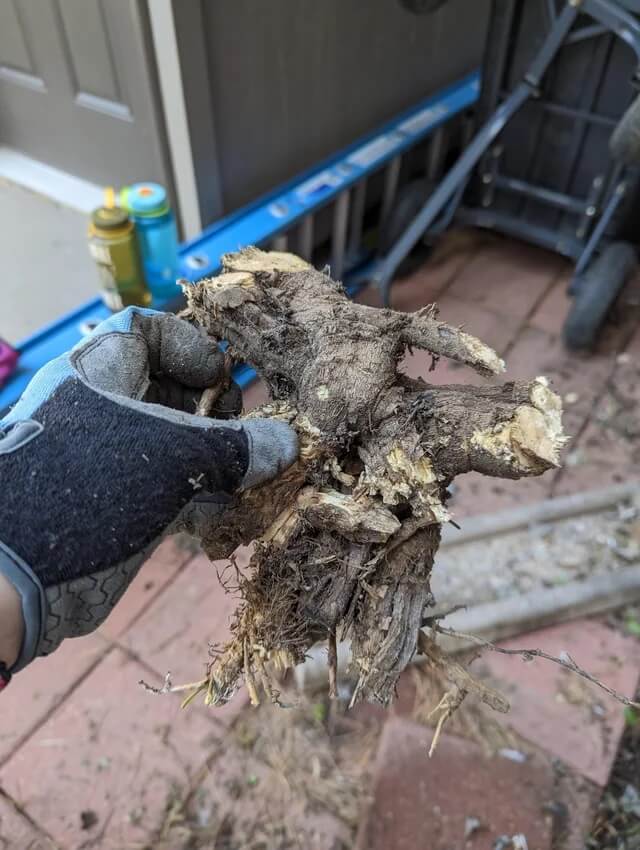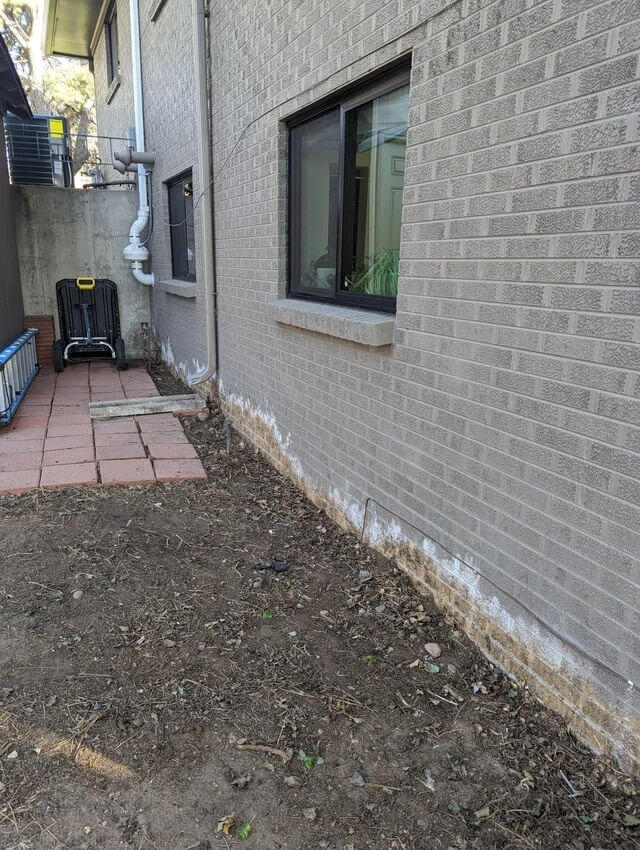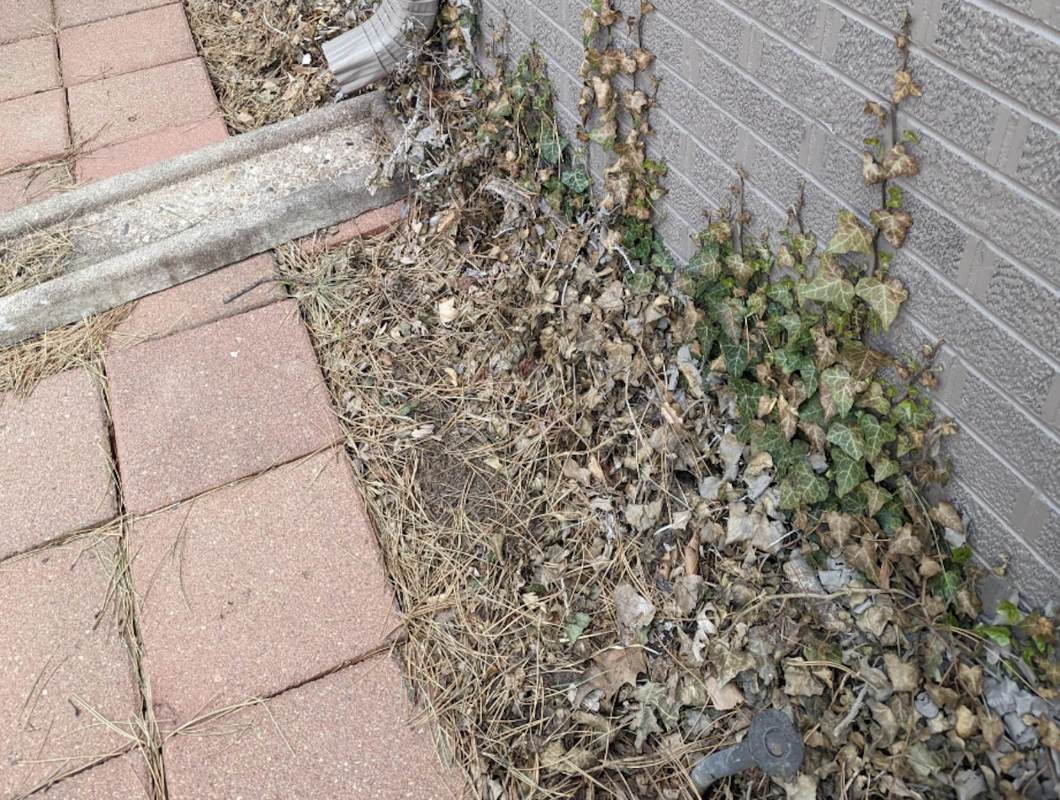One homeowner just won their exhausting battle with one of the most hated invasive plants in the United States: English ivy.
English ivy is often introduced to gardens and structures as an ornamental plant where it creates a thick covering on walls, trees, and the ground that many people find beautiful.
However, as an invasive species, English ivy spreads aggressively and can choke out other plants, even full-grown trees. Plus, it's difficult to remove once it gets started. The problem is so bad that experienced gardeners have warned newbies off planting it at all — and homeowners who heard those warnings too late have been known to spend dozens of hours getting rid of the plant.


This Redditor didn't have quite as much to remove, but as they discovered, there was a shocking amount lurking beneath the surface. "Sharing before and after pictures of an English ivy removal project today," they said.
Their "before" photo is captioned "English ivy covered the whole side of the house" and
shows an established ivy plant along the base of a wall, with vines creeping up the side of the home. Many of the leaves are dead. While the plant does span the length of the wall, it's not tall or bulky at first glance.
But looks can be deceiving. The original poster also shared a detailed shot of a gnarled piece of ivy root they dug up while removing the plant — and it's almost as thick as a human wrist. The tough, woody root put up a serious fight.
It'll probably keep fighting, too. "You should label that 'before and before,'" one commenter quipped. "It's not 'after' until it's gone. That crap could survive a nuclear winter."
But the ivy is gone for now. The original poster's "after" photo shows bare, cleared dirt. But they were worried it might come back.
"Curious what experiences everyone else has had with it and what you found effective at keeping it away," they said.
The Green Pinky has several eco-friendly tips for getting rid of English ivy, including solarization (covering it with plastic sheeting and letting the sun kill it) and vinegar.
Join our free newsletter for easy tips to save more, waste less, and help yourself while helping the planet.









